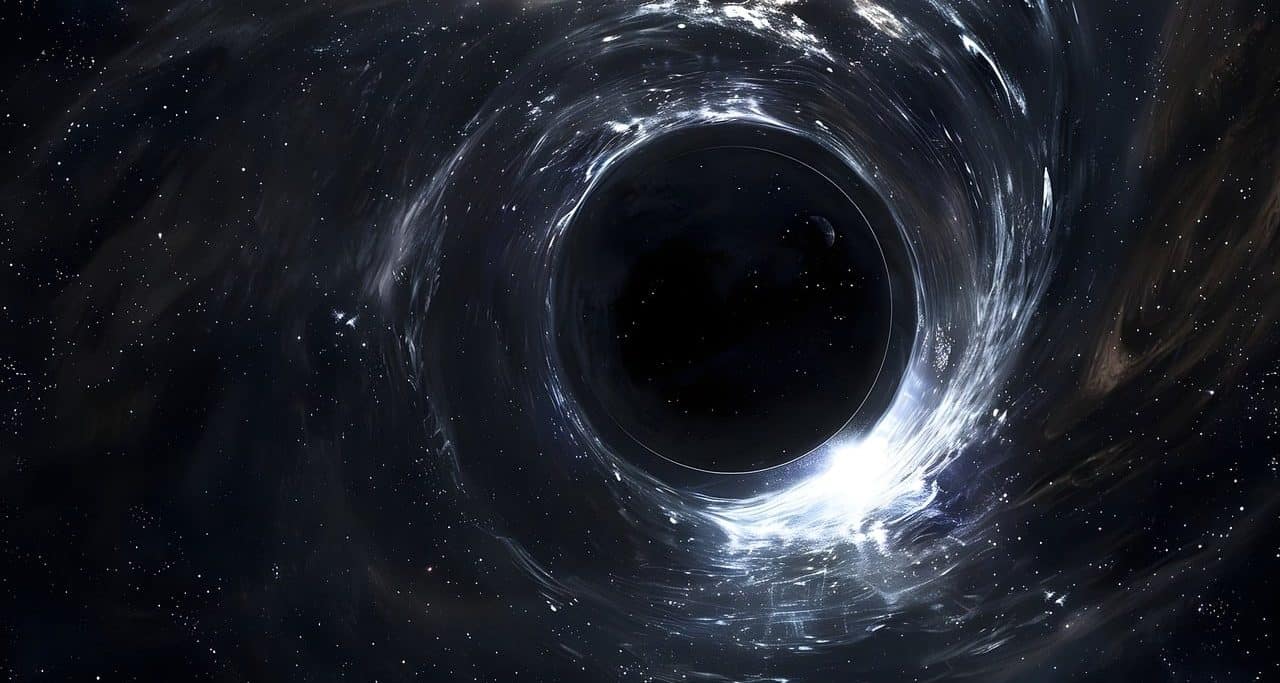
Albert Einstein proposed the theory of special relativity in 1905.
The theory of special relativity is a physical theory proposed by Albert Einstein in 1905. It describes how space, time and matter behave in the absence of gravitational fields, that is, in situations where gravity is negligible.
The theory of special relativity is based on two fundamental principles: Lorentz invariance (which states how measurements by observers moving at constant relative speeds are related to each other) and the speed of light invariance (which is independent of the speed of light ). movement of the observer).
Fundamentals and postulates
The next two postulates revolutionized our understanding of space, time and matter, and laid the foundation for modern physics.
Principle of relativity
It establishes that the laws of physics are the same for all observers moving at constant speed with respect to an inertial reference system. This means that no matter what speed an observer moves, the fundamental laws of physics, such as the laws of mechanics, optics, and electricity , will remain the same for them.
speed of light
The speed of light (c) in a vacuum is a universal and invariable constant , independent of the movement of the observer or the light source. This idea challenged classical conceptions of space and time, where it was believed that the speed of light should be added or subtracted from the speed of the source or observer. However, experiments conducted throughout the 19th century, such as the famous Michelson-Morley experiment, found no evidence of this variation in the speed of light.
The invariance of the speed of light implies that relativistic phenomena such as time dilation and longitudinal contraction occur to keep this speed constant in all inertial reference frames. Furthermore, this constant c , which is approximately 299,792,458 meters per second in a vacuum, is the upper limit of the speed at which any information or matter in the universe can travel.

Light has a constant speed in a vacuum.
Space-time
The concept of space-time is fundamental in the theory of relativity , both special and general. It is a mathematical structure that combines the three dimensions of space and the dimension of time into a four-dimensional continuum , where physical events are described in terms of space-time coordinates.
Curvature of space-time
According to the theory of general relativity, the presence of matter and energy in the universe curves space-time around it. This curvature is what we perceive as gravity . The mass and energy of an object determine the curvature of the space-time around it. Other moving objects will follow curved paths along this curved spacetime, as illustrated by Einstein's famous elastic cloth analogy . The more massive an object is, the greater the curvature it produces in the space-time around it.
absolute space-time
The idea of an absolute spacetime, as postulated by Newton's classical physics, is a fixed and absolute frame of reference in which space and time are independent of each other and are separate. According to this conception, time passes uniformly for all observers , regardless of their relative motion. However, Einstein's theory of special relativity disproved the existence of this absolute spacetime, demonstrating that time and space are intrinsically intertwined and can vary depending on the relative motion of the observer.
Space-time networks
In the context of the theory of general relativity, space-time "networks" are used to describe how the presence of matter and energy distorts the geometry of space-time in its environment. This can manifest itself in various forms, such as curvature around massive objects such as stars or black holes, or in the expansion of the universe on a large scale.
Mass
rest mass
The mass of an object when it is at rest relative to the observer. It is an intrinsic property, so it does not change even if the latter moves.
Relativistic mass
The mass of an object increases infinitely as its speed approaches the speed of light, preventing it from reaching or exceeding it.
massless particle
A hypothetical particle that has no rest mass always travels at the speed of light in a vacuum and cannot be at rest. A common example is the photon , the particle of light. Although it has no rest mass, it has energy and momentum due to its motion and wave nature.

Gravitational phenomena close to black holes are of interest for quantum gravity.
Gravity
Quantum gravity
An area of research that seeks to unify the theory of general relativity with quantum mechanics , which describe large-scale gravity and fundamental forces at the subatomic level , respectively. Quantum gravity attempts to explain gravitational phenomena on very small scales, such as those that occur near black holes or in the early moments of the universe.
Gravitational time dilation
According to the theory of general relativity, the presence of strong gravitational fields can affect the perception of time. For example, time appears to pass more slowly near a large mass like a black hole compared to regions with less gravity.
Gravitational redshift
A phenomenon predicted by the theory of general relativity in which light undergoes a shift toward longer wavelengths (redward) as it leaves a region with a strong gravitational field. This is due to the effect of gravity on space-time, which stretches the wavelengths of light. It is observed, for example, in the light coming from stars that approach black holes or that are in gravitational orbits.
Gravitational lens
A phenomenon in which light from a distant object is bent due to the curvature of space-time caused by the presence of a massive mass, such as a galaxy or galaxy cluster. This can cause the image of the distant object to be magnified, distorted, or multiplied . Gravitational lensing is an important tool for studying the distribution of matter in the universe.
gravitational waves
Disturbances in the fabric of space-time that propagate like waves , carrying energy with them. They are produced by catastrophic cosmic events, such as the merger of black holes or neutron stars. Gravitational waves were predicted by Einstein's theory of general relativity in 1915 and were first detected in 2015 .
